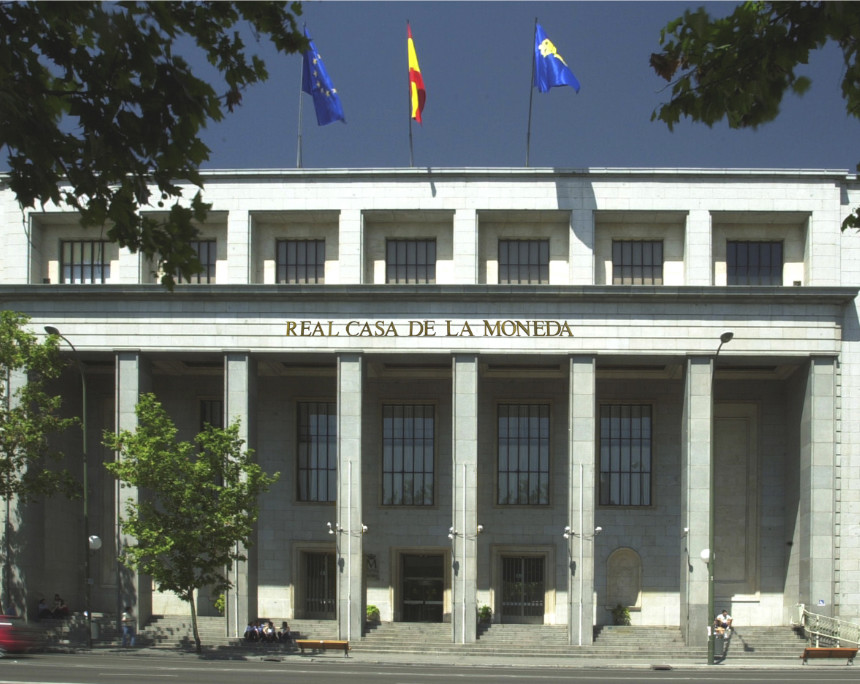The Casa de la Moneda Museum in Madrid
by Ursula Kampmann, translated by Maike Meßmann
Are you interested in coins of Spain and the Hispanic world? Then we have an important address for you: the Museum of the Casa de la Moneda in Madrid, which is located on the premises of the Spanish mint.
Content
There are various reasons why public numismatic collections and museums of monetary history came into being. First, there is the classic case of so-called coin cabinets that have their roots in princely (occasionally also bourgeois) collections, which were often created for representational purposes. The Munich Coin Cabinet, which we presented in the last issue of Exklusiv, is a perfect example of this. But the collections of Gotha in Germany, the Bibliothèque nationale in France, and the Museo Nazionale Romano in Italy were also originally owned by a ruling house.
Then, of course, there are exhibitions at central banks, which demonstrate the importance of central banks to the general public by displaying numismatic objects. The Money Museum of the Deutsche Bundesbank in Frankfurt is an excellent example of this type.
And finally, there are a few museums whose core collection was created by a mint, to serve as inspiration for new engravers. The museum we are presenting to you in this issue belongs to this category: the Museum of the Casa de la Moneda in Madrid. The Spanish mint is still responsible for this museum today. It has an impressive collection, and is one of the most important museums of its kind in the world!
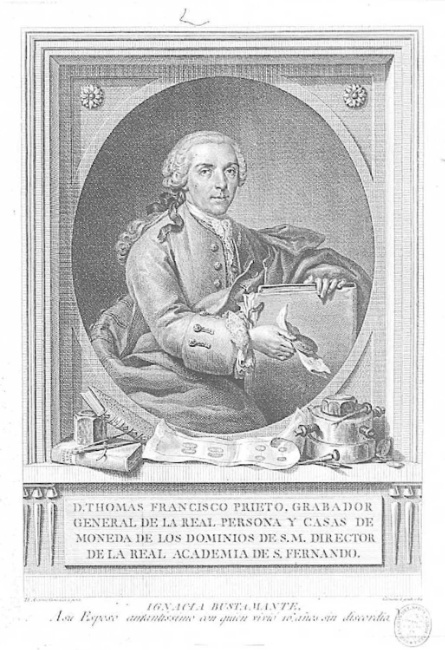
The museum features not only several showcases with coins and other numismatic objects, but also many exhibits relating to artistic design and production. Photo: Museo Casa de la Moneda.
A Die-Cutter and His Idea
The creator of the museum was Tomás Francisco Prieto (1716-1782) who was Chief Engraver of the Royal Mint under King Charles III. He also held the position of Director of the Royal Academy of Fine Arts of San Fernando. It was therefore important to him that future artists were trained not only in painting, architecture, and sculpture, but also in the art of engraving. To this end, in 1771 he laid the foundations for a regular training program for engravers, which would come to be used by countless engravers from Spain and its former overseas colonies.
So how should these young and inexperienced die-cutters be trained? The best way was to show them as much material as possible and encourage them to imitate it. Prieto himself owned a collection of coins and medals, as well as numismatic books containing coin illustrations. The Spanish Crown acquired this collection from Prieto’s widow after his death so that it could continue to be used to train engravers. In 1784, Prieto’s collection was merged with the museum holdings of the Royal Mint.
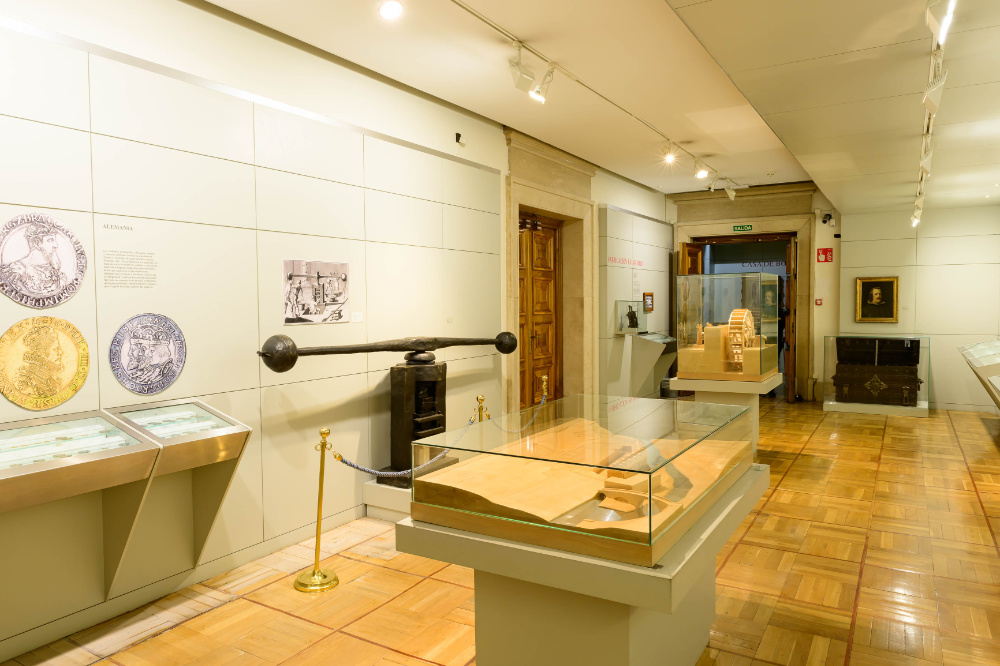
The collection was created on the initiative of a chief engraver at the mint, who used it to train his junior staff. Photo: Museo Casa de la Moneda.
From Collection to Museum
In the 19th century, numismatics was a favorite pursuit in educated society. After all, everyone who was anyone collected. And thus it was decided to put the library and collection of the Spanish mint on public display. This happened for the first time in 1867, and from then on the collection was open to the public in the old Spanish Mint building on Columbus Square in Madrid. It remained there until the new money-making building was inaugurated in 1964. In 1965, the new, expanded exhibition of the magnificent Mint Museum opened. Today it is one of the many attractions of the Spanish capital. If you are visiting Madrid, do not miss out on a visit. You can access it from Calle del Doctor Esquerdo, at the back of the Mint building. You will be impressed by the quality of the exhibits!
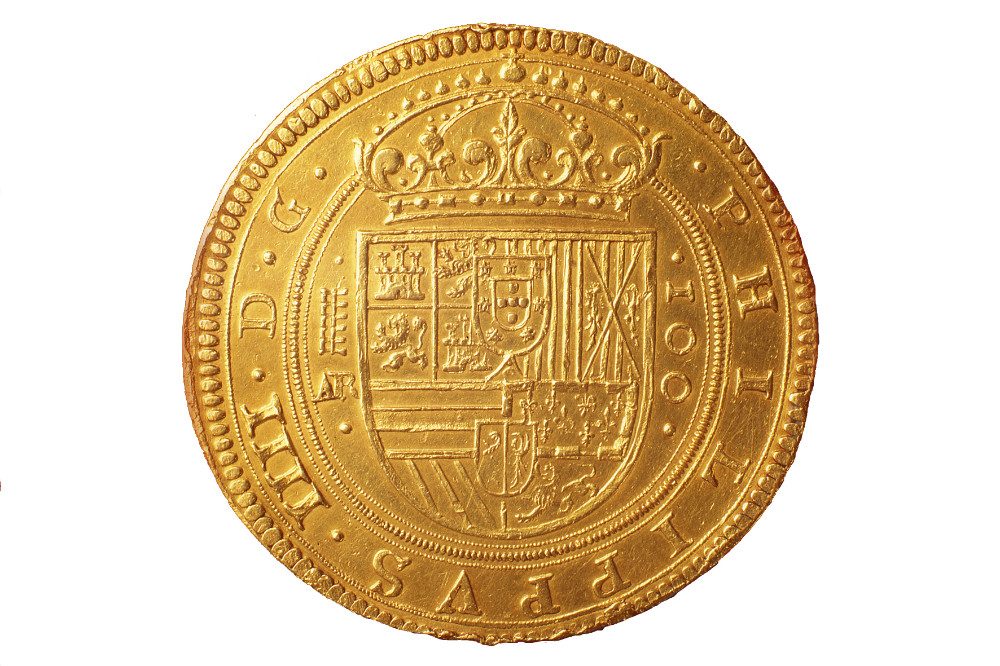
If you are interested in Spanish coins, this is the place to be. Here you can see the reverse of a centén from 1623, which was minted in Segovia, as can be seen from the small mintmark on the left depicting the famous Roman aqueduct. Photo: Museo Casa de la Moneda.
What Can You See at the Mint Museum of Madrid?
Do not expect to see just a few showcases full of coins! In 17 rooms, the Mint Museum tells the story of money and of the other products of its house. You will of course find rare coins, artistic medals, and pre-monetary forms of currency, but also banknotes, sketches and prints. Perhaps most impressive is the large number of minting tools that have found their way into the museum, and the excellent models that illustrate how minting took place.
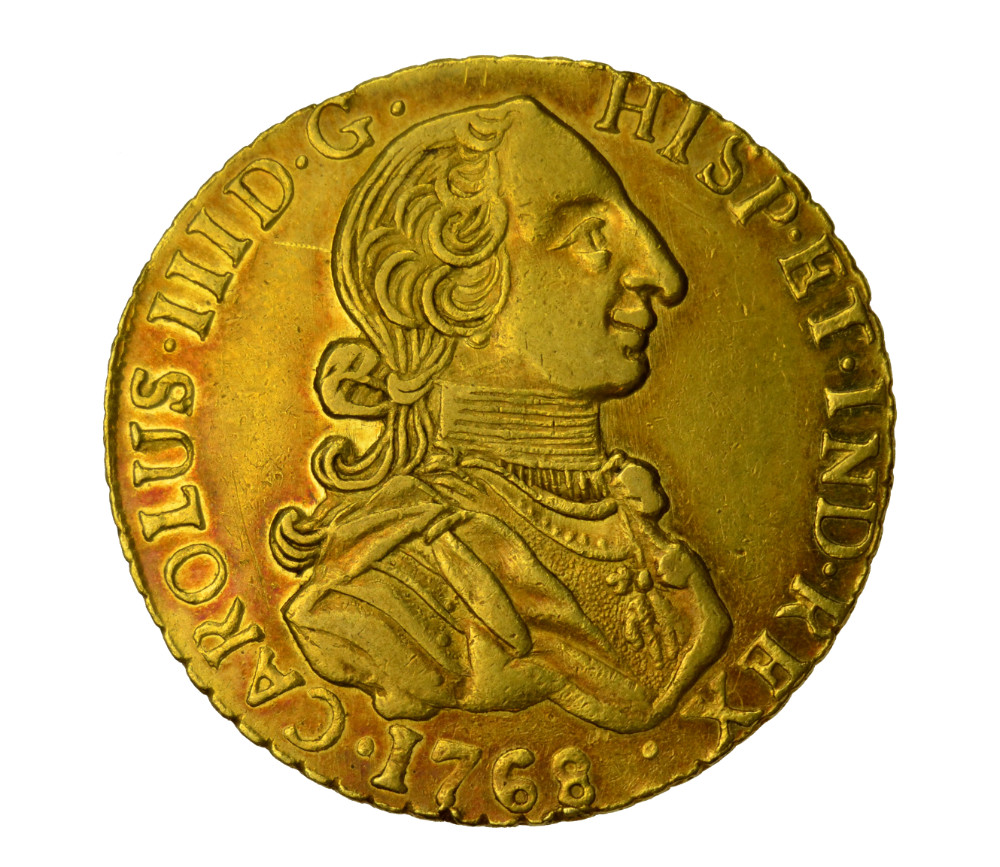
Of course, the greater Spanish-speaking world is also well represented. This is a golden 8-excudo piece of Charles III of Spain, minted in Guatemala in 1768. Photo: Museo Casa de la Moneda.
And then there is the philately department. The official title of the Madrid mint is FNMT. This stands for Fábrica Nacional de Moneda y Timbre, i.e. National Mint and Stamp Factory. Yes, Spanish stamps are also produced at the Royal Mint, and there is a corresponding exhibition in the Mint Museum.
But there is much more, because as a production center for security printing, the FNMT is also responsible for lottery tickets. Just think of the famous El Gordo – every Christmas, taking part in this event makes the Spanish dream of making a quick fortune!
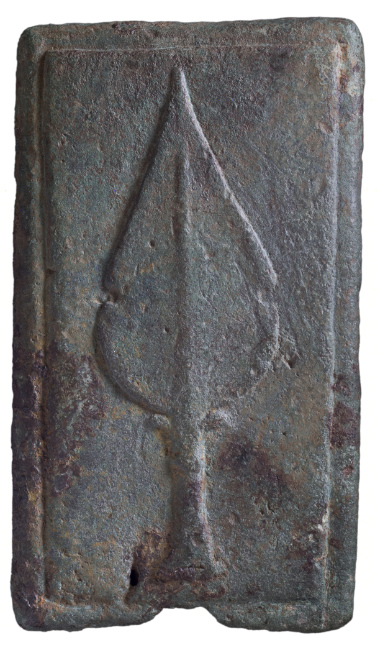
The Mint Museum is still making purchases: in 2022, for example, a collection of aes signatum and aes grave was acquired. One of these spectacular pieces is this ingot depicting a spearhead. Photo: Museo Casa de la Moneda.
Exhibition and Research Center
In addition to the exhibition, there is a collection for comprehensive study that is available to all numismatists with a legitimate interest. You must register before objects from this collection can be viewed.
Incidentally, the Mint Museum is still acquiring new pieces. In 2022, for example, it purchased a collection of Italian aes signatum and aes grave, i.e. cast coins as they were used in parts of Italy.
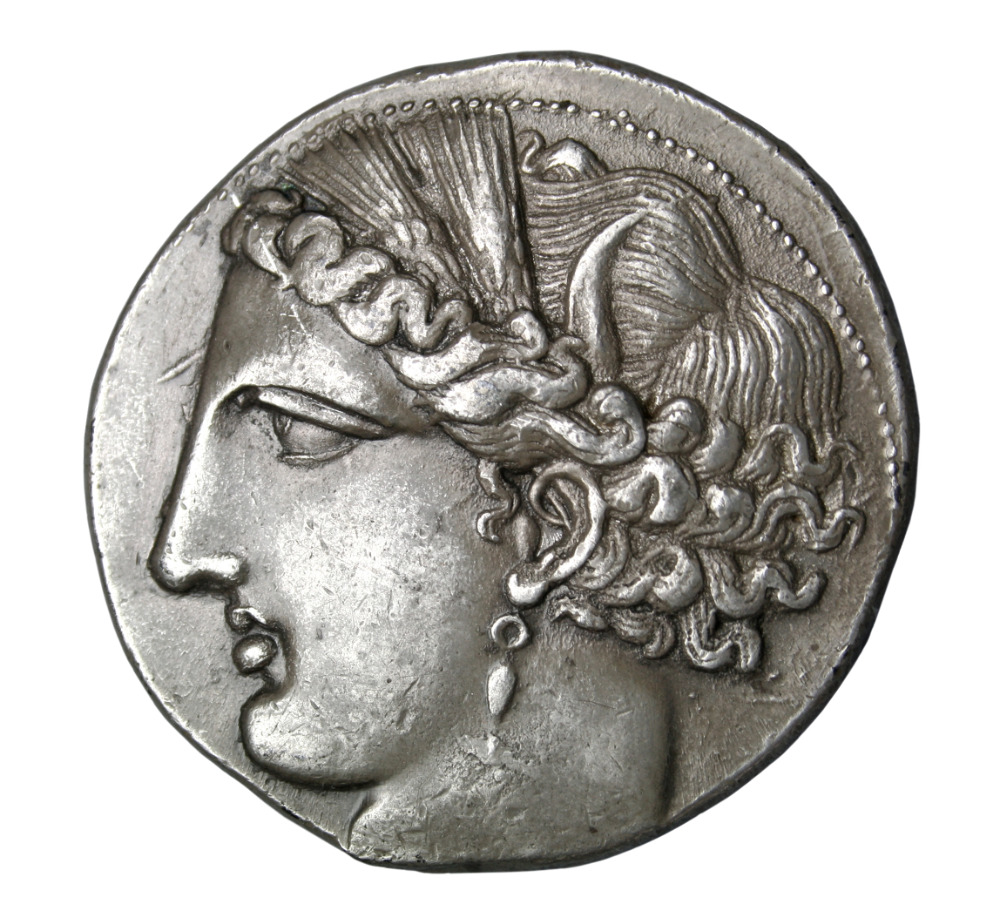
You can also look forward to coins from the Greek world, including of course many examples minted by the Carthaginians, such as this magnificent decadrachm. Photo: Museo Casa de la Moneda.
Activities Relating to Money and Numismatics
The Mint Museum is a modern museum that aims to introduce a new generation to money and numismatics. Take a look at their English website! You will be amazed by the wealth of activities they offer. Children can solve mysteries like Sherlock Holmes, there are excellent concerts, and visitors have the opportunity to mint a medal themselves.
The staff is particularly proud of their museum shop, which of course also sells FNMT products.

There are regular special exhibitions that do not necessarily involve money. Photo: Museo Casa de la Moneda.
An International Television Star!
By the way, when you walk through the halls of the FNMT, you are walking through the setting of one of the most famous Netflix series. Money Heist tells the story of a gang that carries out a robbery at the Spanish banknote printing plant. They need access to the security printing plant so they can produce 2.4 billion euros in banknotes. The robbers succeed – of course only after some complications, shoot-outs, love stories and everything that makes for good entertainment.
The Mint Museum in Madrid is open from Tuesday through Friday, from 10:00 am to 8:00 pm. Admission is free.







